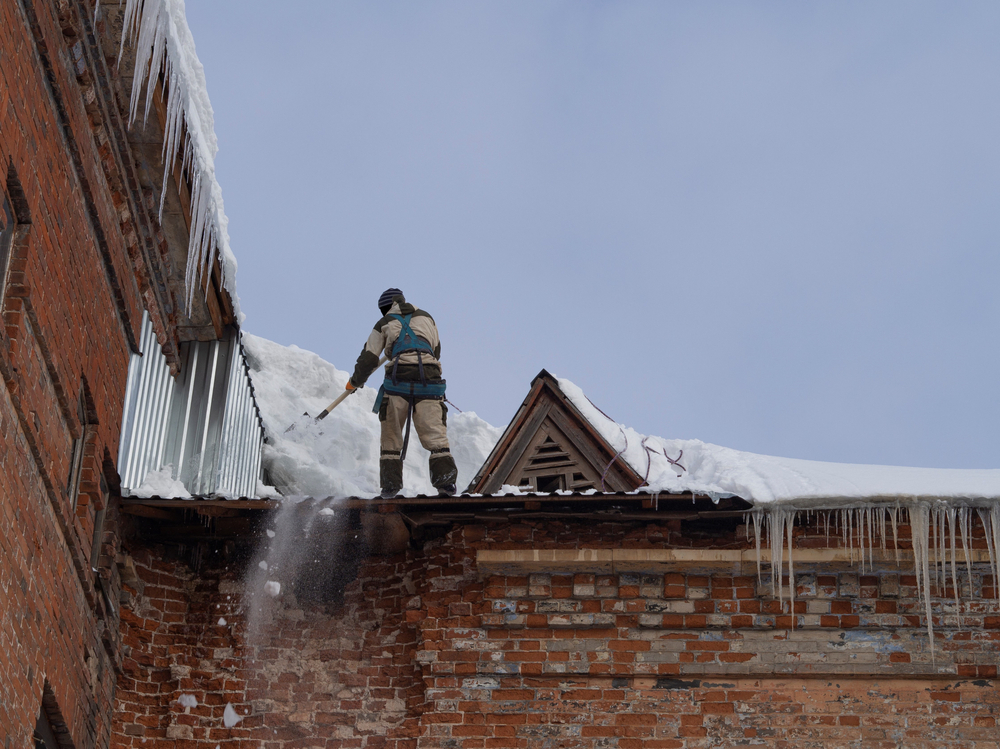Winter can be one of the harshest seasons offering up wind, freezing temperatures, ice, hail and snow. The elements can wreak havoc on building enclosures and roofing structures, and affect the integrity of your building enclosure. Not taking preventative measures now can quickly increase the cost of preserving the longevity of your roofing assets.
Condensation
Inadequate insulation can lead to condensation. Condensation forms when the warm interior air meets a cold surface. Roof condensation can occur in rafters, around windows and skylights, on floor joists, around vents and between insulation and the ceiling. Too much condensation can lead to water stains or water drips that can impact your roof’s overall lifespan.
Ice Dams
Winter also brings with it temperature variations and these variations can lead to ice dams. Additionally, ice dams can also occur due to inadequate insulation. Ice dams form when snow begins to melt on a warmer section of roof and flows down to a cooler area where it freezes. Ice dams form along a roof’s edge and can cause a plethora of problems from blockages that keep additional water from draining off the roof to adding unnecessary weight and pressure onto the structure. They can also lead to the formation of icicles which can become a Life & Safety Issue.
Flashing Leaks
Flashing is used to protect vulnerable points in your roof and to direct water away from seams, joints and other roof protrusions such as vents and chimneys. Flashing leaks are common in winter due to the freeze-thaw process, but flashing is also prone to age-related corrosion that can lead to leaks when winter’s wind and ice finally arrive. Damaged flashing can let in moisture, water and air that can lead to condensation.
Strong Winds & Tree Limbs
The high winds that can accompany winter storms can be hard on all roofing systems. Damage from winds can cause moisture to infiltrate the roofing system and also lead to damage if roofing materials are not properly attached. Falling tree limbs from high winds can break skylights and cause damage to the roof system, HVAC systems and ventilation. Tree branches can puncture and pierce roofing materials, eventually leading to leaks.
Falling Snow
Snow can build up during severe storms. When the temperature fluctuates, large chunks of ice and snow can slide off roofs as it begins to melt. Melting snow can also cause overload to roofing drainage components. Accumulating snow can cause weight to bear down on the roofing structure leading to additional problems and if the height of the snow exceeds that of the flashing penetrations, it can lead to water infiltration. Lastly, avalanching snow can cause a Life and Safety Issue, particularly in areas such as building entry or exit locations, above overhead shipping and receiving doors and over pedestrian walkways.
Contact Us Today!
Technical Assurance can help protect your roofing assets from the hazards of winter weather. Contact us today for a consultation and assure that your investment lasts well into the future.

